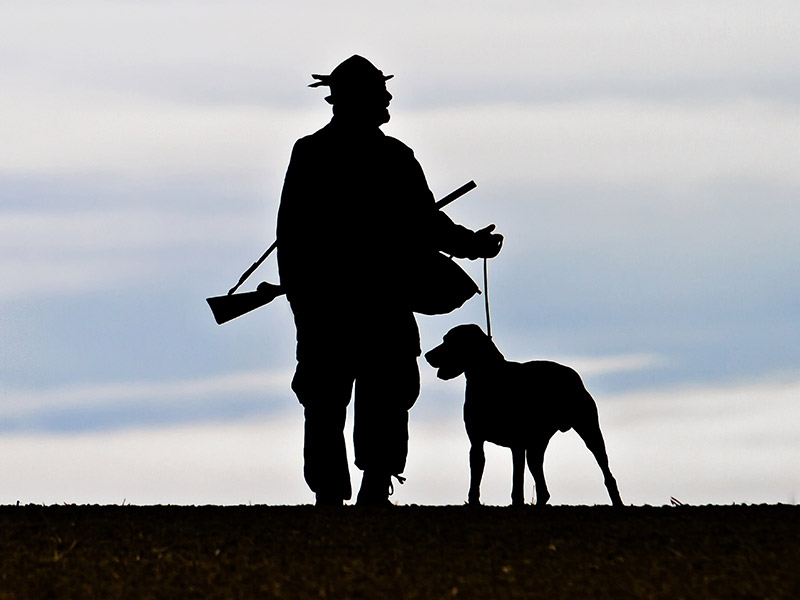English: Polar Bear; French: Ours Blanc, Ours Polaire; Aleut: chugam Hadan, Tagaagii; Algonquin: Wabimakwa; Central Yupik: nanuaq; Dogrip: sah dego; Greenlandic: Nanoq; Icelandic: isbjörn; Inupiaq: nanuq; NW Canadian Inuit: Tornassuk; Norwegian: Isbjorn; Russian: Belig madwed; Sibirian Yupik: nanuq; South Slavy: sah.dek’ali; Tlingit: kintak xoodzi; Tsimsshian: moksgm’ol; Yakut: Ehe urung, arangche; Samojede: sen vark.
Former distribution: As now.
Present distribution: Circumpolar throughout the northern hemisphere, along the drifting ice belt: south to southern Greenland, Belle-Isle Straight between Newfoundland and Labrador, South Hudson Bay, Arctic coast of Canada and Alaska to the Bering Street, south to the Aleutians, the Kuril Islands and Kamchatka. Further along the Arctic coast of USSR, the Kola-Peninsula, Jan Mayen, Svalbord, north coast of Iceland, Franz Josef Island and Novaya Zemlya.
Behaviour: Preferred habitat: drifting ice; they are usually solitary, travelling over great distances and prey mainly on seals, fish, land mammals such as reindeer, musk ox, arctic hares; but also on sea-birds; in summer they also feed on tundra plants and algae. Normally they do not hibernate.
Population status: Stable and increasing; now in the circumpolar area more than 40 000.
Brief notes:
Body weight: 500-720 kg
Head and body length: 200-250 cm
Tail length: 8-10 cm
Shoulder height: 160 cm
Gestation period: 8-9 month
Maximum age: 34 years
Trophy: Skull record B&C: 29 15/16 score, USA, Alaska, SHELBY LONGORIA; average 27 score. SCI: 29 score, 1966 USA, Alaska, ROBERT B. KULLMAN; average: 26 score.
Hunting methods: With dogs, boat, stalking, on a kill.
Remarks: Due to the fact that the Polar Bear population is increasing, and migration takes place to the southern areas of its range, at least 1000 annually should be granted to licenced hunters. The annual quota of the local natives should also be raised I do not follow the classification of subspecies, published by HEPTNER and NAUMOV 1974, for the area of the USSR, because of the lack of comparable reports from the USA and Canada.
